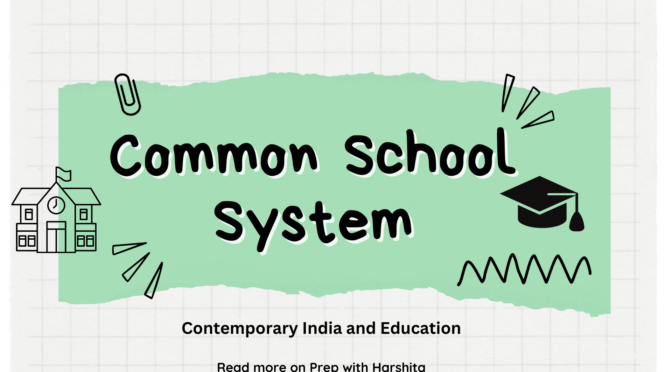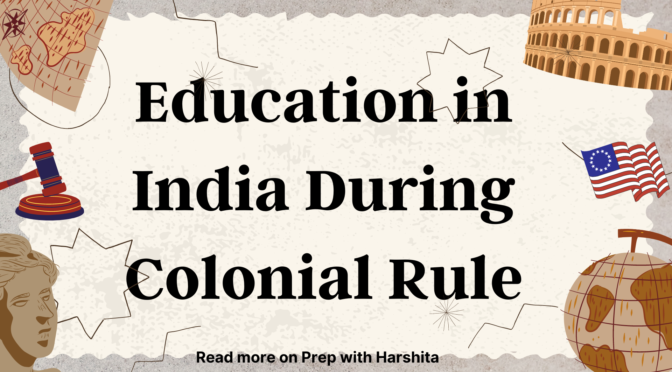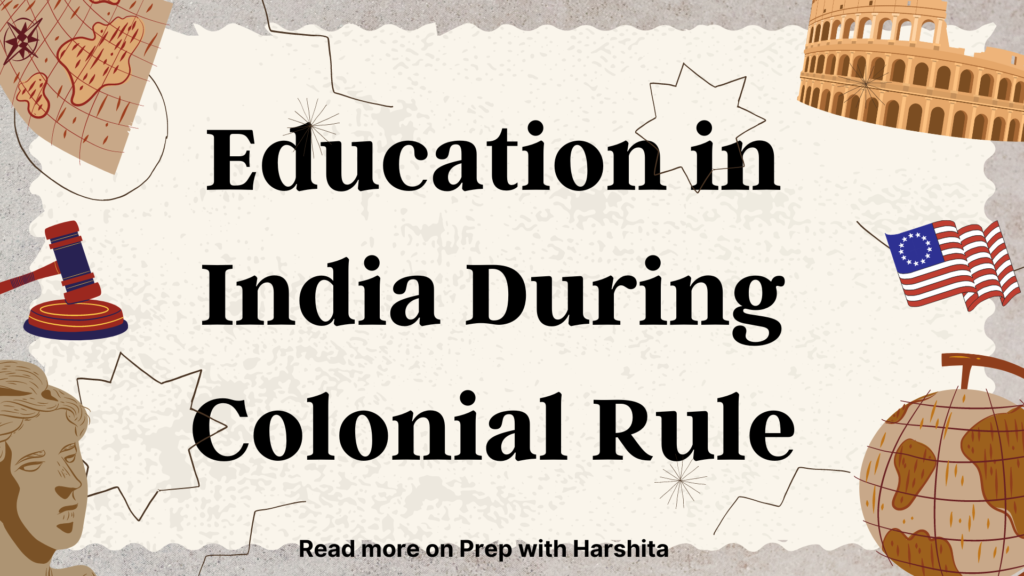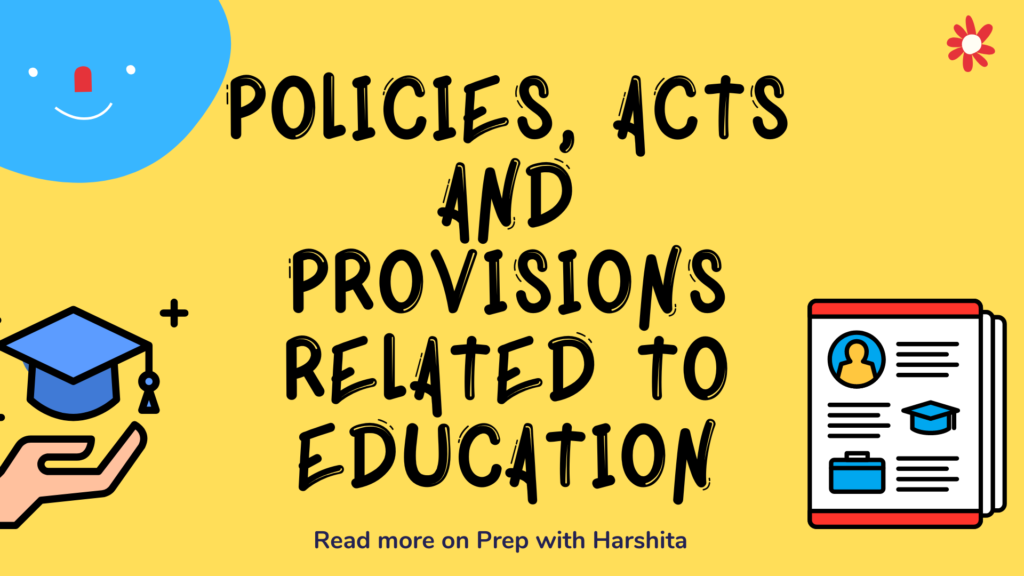Culture and education are closely intertwined and have a significant impact on each other. Education plays a crucial role in transmitting and preserving culture, while culture, in turn, shapes the educational practices and values within a society.
Let’s delve into the relationship between culture and education in detail:
- Cultural Transmission: Education serves as a vehicle for the transmission of cultural values, beliefs, traditions, and knowledge from one generation to another. Through the educational process, societies pass on their language, history, art, literature, music, customs, and social norms, ensuring the continuity of their cultural heritage.
- Cultural Identity: Education plays a vital role in shaping individual and collective cultural identities. It helps individuals understand and appreciate their own culture and heritage, fostering a sense of pride, belonging, and identity. Education can also expose students to different cultures, promoting multicultural understanding and respect.
- Values and Ethics: Education is instrumental in imparting cultural values, ethics, and moral principles. It provides a framework for teaching societal norms, codes of conduct, and ethical values that are rooted in cultural traditions. Education helps in nurturing responsible citizens who can contribute positively to their communities and uphold cultural values.
- Socialization: Education is a key mechanism for socialization, facilitating the integration of individuals into society and the acquisition of social skills and behaviors. Cultural norms and expectations are often embedded in educational systems, guiding students’ behavior, interactions, and roles within society.
- Language and Communication: Language is an essential component of culture, and education plays a central role in language acquisition and development. Schools teach the language(s) of a particular culture, enabling effective communication and facilitating the transmission of cultural ideas and knowledge.
- Arts and Aesthetics: Education provides a platform for artistic expression, creativity, and appreciation of various art forms within a culture. It introduces students to literature, visual arts, performing arts, and other cultural expressions, fostering creativity, imagination, and cultural understanding.
- Adaptation and Innovation: Education equips individuals with the skills, knowledge, and attitudes necessary for adaptation and innovation within a changing cultural and societal context. It prepares individuals to navigate cultural diversity, embrace new ideas, and contribute to cultural development.
- Global Perspective: Education plays a crucial role in developing a global perspective and intercultural competence. It exposes students to different cultures, fostering understanding, empathy, and respect for cultural diversity. Education can encourage cultural exchange, international collaboration, and the development of a global mindset.
- Cultural Critique and Transformation: Education can also enable critical examination and questioning of cultural practices and norms. It provides opportunities for individuals to reflect on and challenge existing cultural beliefs and practices, promoting social change, inclusivity, and social justice.
Also Visit: Prep with Harshita

Also Read: Three Language Formula









